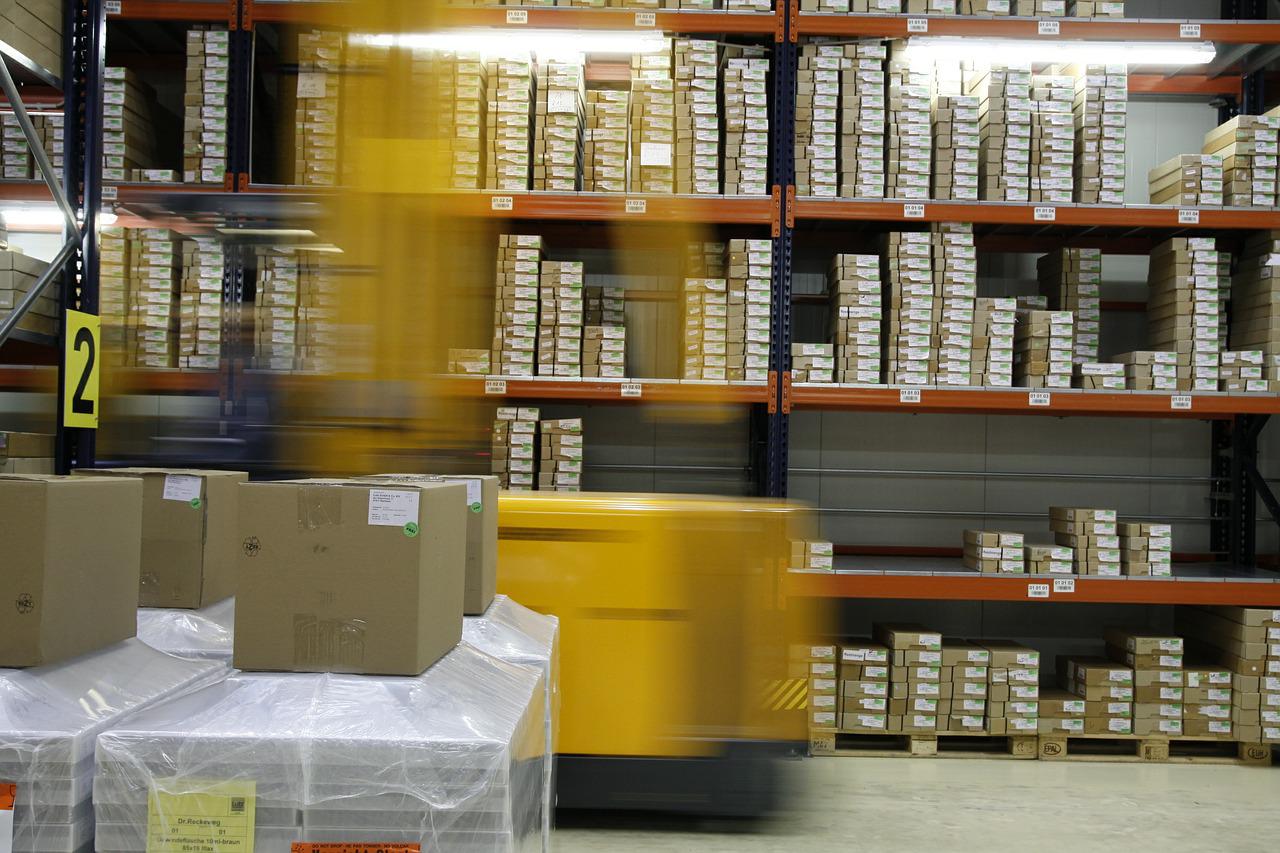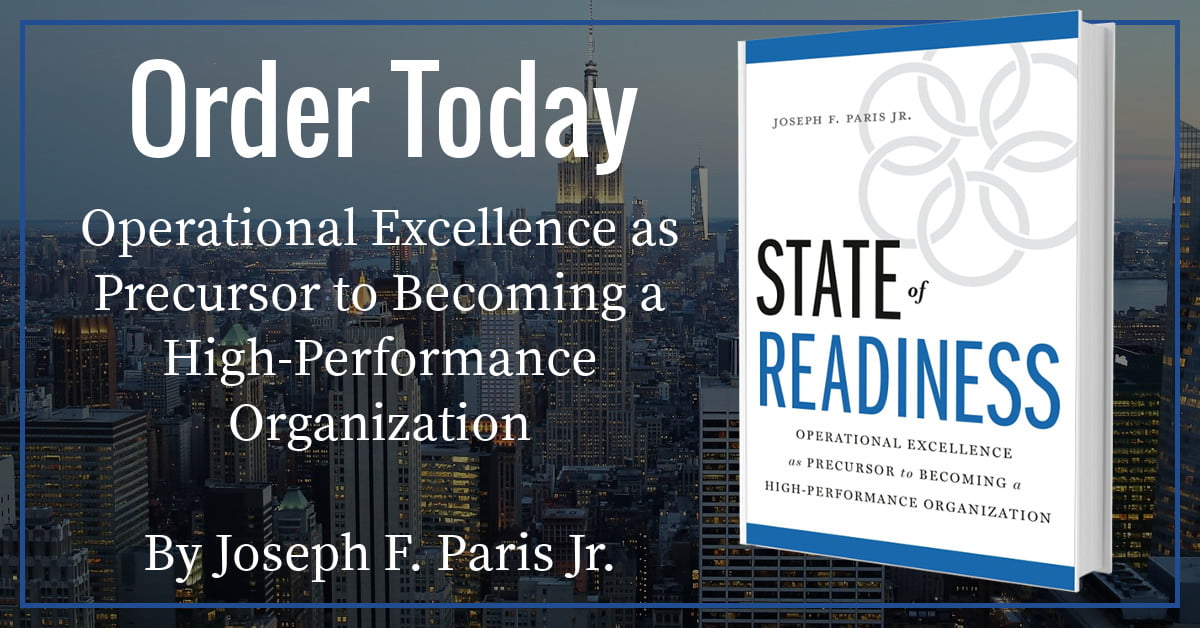Amazon.com; Change-agent of Retail & Logistics
I grew up in Endicott, New York. Its claim to fame is being the birthplace of International Business Machines Corporation (IBM). In the mid-60’s through the mid-80’s, Washington Avenue (the main retail district) – also known simply as “The Ave” – was a-buzz with retail activities from family-owned retailers such as Burt’s (a department store) and Kline’s (a men’s clothing store). And I could never forget Elk’s Bakery and their “Black and White Cookies” – the “lunch of champions” during my High School years.
You will notice that I did not hyper-link any of those stores. The reason is because they don’t exist anymore.
The reason that these stores do not exist anymore and the reason that “The Ave” is a mere shadow of its past prominence, is that that the family-owned retailer in the United States was squeezed-out by the mega-retailers and “big-box” companies that set-up shop in new strip-malls.
The small retailer simply could not compete with the buying-power, business hours, and product selection offered by the big-box retailers. Suddenly, the consumers had a choice of dozens where there used to be one, shopping even late into the evening or on a Sunday – and at prices that the family-owned retailer could not afford to offer.
In Operational Excellence terms it was all about; “giving the customer what they want, when they want it, at a price they can afford.” Simply stated, the value-proposition of the big-box companies was greater than that of the family retailer.
However, the security of the big-box business model would be very short-lived as the rapidly maturing internet presented the big-box retailers a significant challenge for market-share.
In 1982, I went to Boston, Massachusetts for the first time (a girl was involved – her family lived there) and I was amazed by the number of bookstores in and around the city. In retrospect, I guess I should not have been surprised – Boston (and Cambridge) are the home to many of the best Universities in the United States including; Harvard, Massachusetts Institute of Technology (MIT), Boston College, Boston University, etc…
There was one bookstore in particular that caught my attention – its name was Barnes & Noble. It was a very large store – more like a library itself. There were rows and rows of books; all neatly arraigned in wooden bookcases – not strewn about, organized like props, or in piles like many of the other bookstores.
But there was a storm brewing. Not just for Barnes & Noble, but for every other book retailer in the States. That storm’s name was “Amazon.com”.
The birth of Amazon
Amazon was founded in 1994 and came on-line in 1995. Its model was simple – sell books through the internet. There would be no retail overhead to be absorbed that inflated the sale price of its products whatsoever. The “store” – its website – would be open 24/7.
“Giving the customer what they want, when they want it, at a price they can afford” – so successful a formula for the big-box retailer – was going to be challenged by an even more efficient way.
The increasing pervasiveness of the internet – coupled with the debut of Amazon and its growth – caught Barnes & Noble (and all the other book retailers) by surprise. Soon, people were coming into bookstores, browsing the books on the shelves, and then going back home to order them on-line at a discount. This challenge, this external disrupter, put tremendous and immediate pressure on the bookstores to react.
Barnes & Noble’s first reaction was to enhance the customer experience. Their thinking was to make Barnes & Noble a big “coffee house” – where all the eggheads (me included) can go to relax over a book, to chat cerebrally with others, and to kick-back with a coffee and cruller. Their strategy was to make Barnes and Noble a destination, rather than a store. They even partnered with Starbucks to supply the coffee and crullers.
To a very large extent, this strategy proved as a successful counter-measure to Amazon and probably saved Barnes & Noble by giving Barnes & Noble enough time to launch BN.com – Barnes & Nobles’ internet presence.
Unfortunately for most other book retailers, they did not react quickly or decisively enough, and bled-out until they were forced out. In the rankings, after Amazon and Barnes & Noble, there was Borders (who had previously consolidated with Walden Books as a counter-measure to Amazon). In 2010, Borders filed for Chapter 11 Bankruptcy protection – its future is uncertain.
The return of the family-owned enterprise
Selling just books was not to be the limit to Amazon’s ambition or achievement. Over the course of recent years they have expanded to selling all manner of consumer merchandise. Of course, the selling of so many products required considerable investment in logistics infrastructure – from procurement thru warehousing to transport. As a result, Amazon evolved from being just an on-line store where a customer can order product, to one of the most state-of-the-art logistics companies in existence.
During this period, something strange began to happen. The family-owned retailer started to make a come-back. But not as the traditional retailer you might remember from your childhood, but as an internet retailer.
Many of these emerging entrepreneurs got their start on eBay – an internet auction house. But as their business model evolved from selling one-off “odds and sods” into servicing more formal, but niche, markets – they discovered that they needed to inventory more goods than they could reasonably accommodate in their homes. Going back to a retail storefront model was not viable.
Enter Amazon and their formidable logistics solution.
Amazon made the determination that there was a considerable market to be served in offering their logistics and fulfillment solutions as Third-Party Logistics (3PL) services to these niche retailers. As a result, Amazon devised a strategy for servicing this marketplace and then deployed.
The result was a win-win-win.
- The customer won by gaining access to an ever larger selection of products – and from multiple (sometimes competing) sources.
- The entrepreneur won by gaining access to a marketplace that consists of all internet users (at least in those countries accessible to/from Amazon).
- And Amazon won by being able to expand its service revenue with sales charges to the retailer and to further monetize its logistics assets. *Amazon has also moved into “cloud computing” – selling services that leverage its considerable information technology infrastructure.
My experience using Amazon in Europe has been somewhat different than my experience in the States (go figure, eh?). But I believe most of the differences are due to a lack of homogeny of the EU marketplace as compared to the marketplace of the States.
For example; there are 311.5 million people in the United States and almost all of the websites are presented in American-English. And though there are sometimes issues with “Nexus” – especially with respect to “Sales Tax”, doing business across State-Lines is fairly straight forward and regulated by the Federal Uniform Commercial Code (UCC).
This compares with the EU (27 countries) which has a population of 501 million people(331 million in the Euro-Zone of 17 countries alone). And of the 27 Countries in the EU, there are 23 official languages – not including “unofficial languages” and “minority languages”. This requires considerable effort and investment in the replication (and timely updating) of websites across languages. In addition, the “Nexus” involved in the EU is infinitely more complex due to the fact that there are no real standardizations of regulations related to commerce across “state lines” as compared to the UCC in the States.
So although there is a prima facie argument that economies of scale should exist in the EU so that an internet-based retail and/or logistics company might thrive – there are many sources of resistance to their being achieved. As a result, the internet-based retail/logistics companies take-on the appearance of internet versions of the family retail store that used to exist and flourish in the States and fail to realize their potential.
The eCommerce and eLogistics business models that successfully exist within the States have a considerable ways to go until they are – or even can be – replicated in the EU.
Now I live in a little town called Seligenstadt which is located just outside of Frankfurt (aM) in Germany. It’s a nice, picturesque town right on the Main and is about the same size as Endicott, New York where I grew-up. It has no big-box retail stores – just family-owned retail boutiques and one family-owned department store. Everything costs about 20% more (excluding VAT) than I expect to pay for similar items in the States.
The Amazon website is in German. So I often must rely on my connections in the States if I need something special (mostly books – as all electronics here require 220v and not 110v).
But personally – and although it can be often frustrating at times – I wouldn’t have it any other way.
About the Author
Joseph F Paris Jr is the Chairman of the XONITEK Group of Companies. With over twenty years as entrepreneur, academic and professional instructor, and strategic consultant – he is a champion of Operational Excellence (Lean Six-Sigma and Leadership) who has devoted himself to increasing stakeholder-value for his clients and constituents.
Contact him at parisjf@xonitek.com








